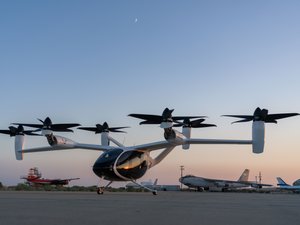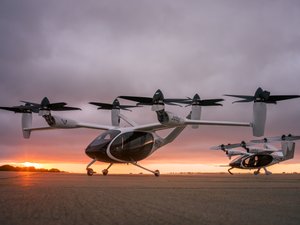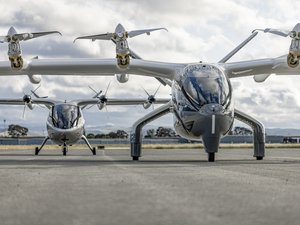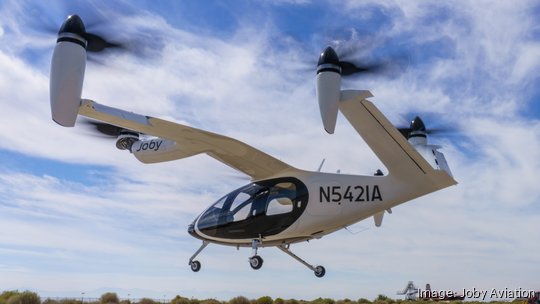
The age of flying taxis is a lot closer than many people may expect, but cities aren't ready for it, a panel of experts said at a conference Tuesday.
Although a growing number of companies could offer passenger service via their electric vertical take-off and landing vehicles (eVTOL) within two years, cities don't yet have the infrastructure in place to support that service, Matthew Friedman, chief of the office of aviation planning for the California Department of Transportation, said Tuesday at the Airtaxi World Congress & urban eVTOL conference. Most notably, few municipalities have put in place so-called vertiports, the take-off and landing facilities for such aircraft, he said as part of a panel discussion at the four-day event, held at the Grand Hyatt hotel at the San Francisco International Airport.
City officials and regulators need to graduate from thinking about air taxis as a "theoretical" issue in the future to "how do we make this happen?" Friedman said.
One key issue that the industry and regulators will have to contend with is finding suitable locations for vertiports. Those may be easier to site in some locales than others.
San Francisco, for example has 1,392 suitable locations to place such facilities, according to a joint study earlier this year from Caltrans and the San Jose State University Mineta Transportation Institute. By contrast, the study, which considered a variety of factors, including safety, access to other modes of transportation and the impact of such facilities on disadvantaged groups, only identified 43 suitable sites in San Jose.
Regulators will also have to figure out how to manage the airspace, especially if and as the air taxis companies begin to operate dozens or even hundred of aircraft in particular areas.
"We have to work on the airspace together," said Caryn Lund, vice president of regulatory and government affairs for airport construction firm Ferrovial S.E., who joined Friedman on the panel. "We have to be working on the airspace now."
Companies will need to 'engage locally'
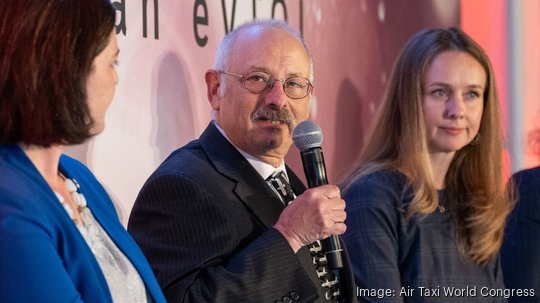
But there's a whole raft of other things that need to be done or put in place before air taxi services can take off, Lund said. Infrastructure needs to be built. Companies need to talk with the public about what they're planning on doing. And they need to get sign-off from the regulators — local, state and national — who will oversee the environmental and commercial rules that will govern them, she said.
In order for air-taxi companies to succeed, they need to start talking to regulatory agencies and "engage locally," she and other panelists said.
The outcome of such discussion will have huge import to several local companies. Santa Cruz-based Joby Aviation Inc. (Nasdaq: JOBY) and San Jose-based Archer Aviation (Nasdaq: NYSE) both plan to begin offering commercial service in 2025.
In reaching out to the communities in which they will operate, air taxi companies will need to listen to the concerns of residents, said Rebecca Gallas, aviation lead for the North Carolina Department of Transportation, who also participated in the panel discussion. But they can also use those discussions to tout the potential benefits of their services to those communities, she said.
Because they will be powered by electricity, eVTOLs promise to be more environmentally friendly than previous generations of aircraft and safer than helicopters. The air taxi services they will power are expected to be less expensive than comparable helicopter-based services.
And in the event a natural disaster cuts off normal supply lines into a city, eVTOLs, which require relatively little space to take off or land, could offer a way to provide residents with goods and services they wouldn't otherwise be able to get, Gallas said.
"It's going to be a great benefit, whether it's an equity issue, an environmental issue, or so forth," Friedman said. But to realize those benefits, he continued, "every one of us has to step forward."
